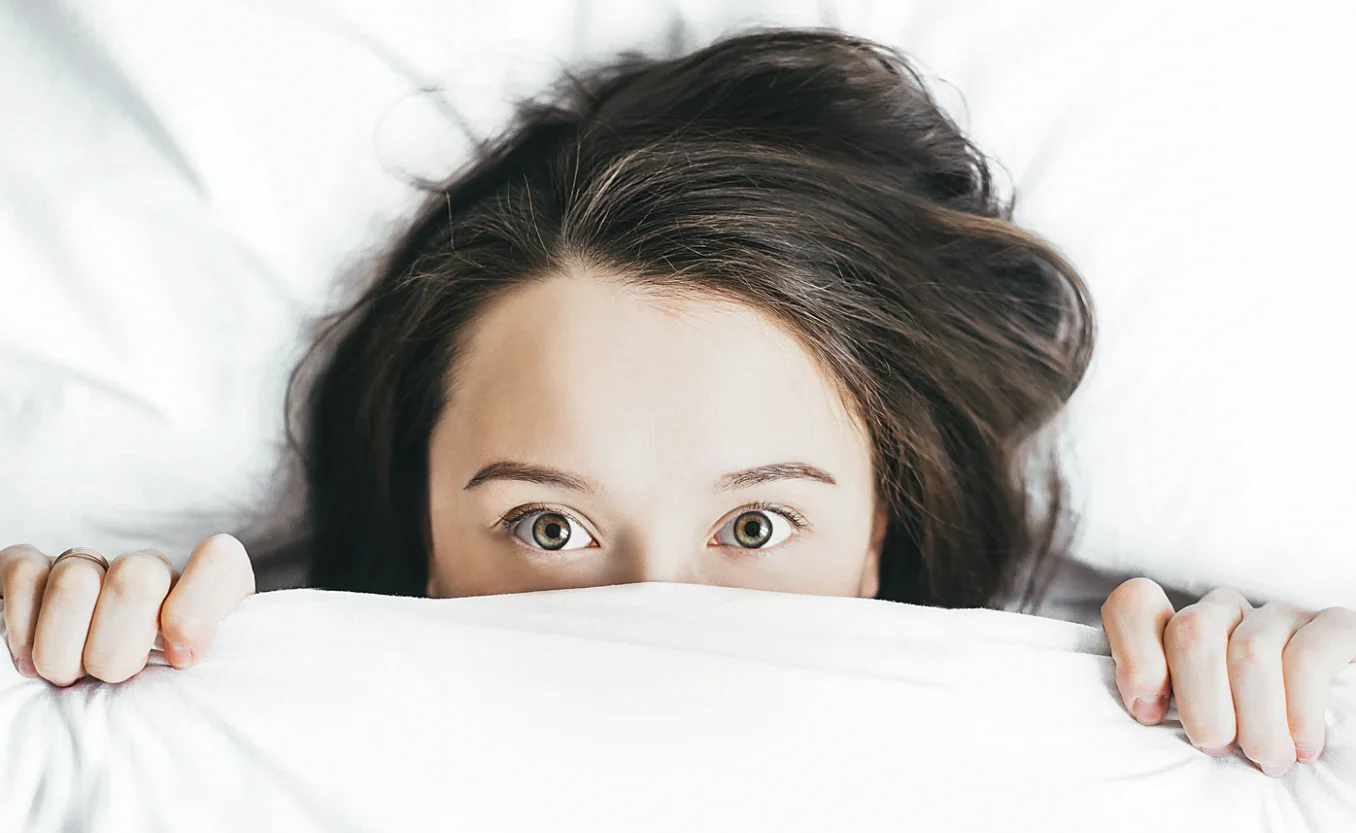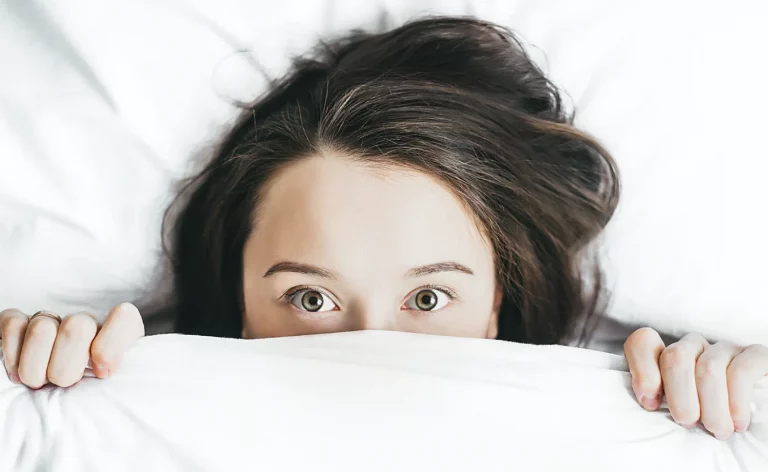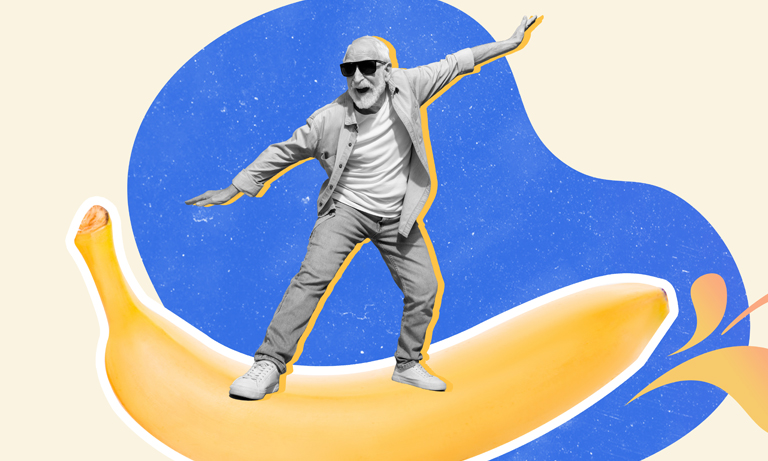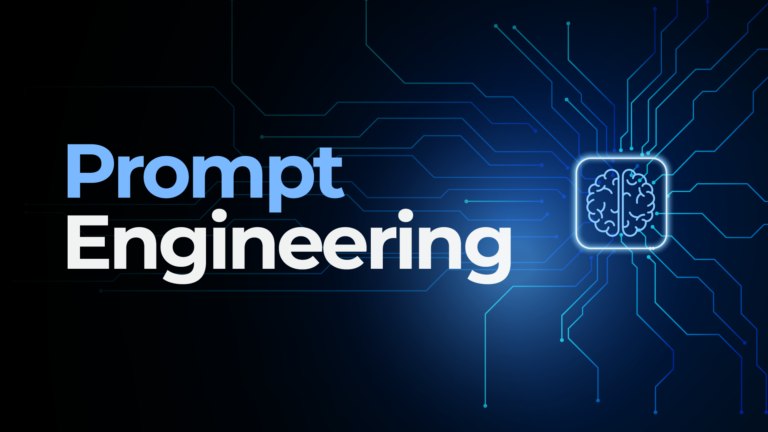A day to Halloween, we are staring at shopping malls decorated with screeching skeletons, howling werewolves and vampire blood. That thrill of accidentally touching a fake spider seems to heighten retail experiences during Halloween.
Beyond festivities, we wonder, can brands inject fear and thrill into their brand experiences to better connect with customers? Logically, the scare emotion activates our flight response, which in turn increases our sensitivity to our environment. But most brands seem to be built on positive attributes such as empowerment, beauty, wonderment and fun. Well, can fear be fun? Can fear engage? Can fear build brand affinity and, most important, brand love?
There seems to be 2 main types of emotions of fear. The 1st is a cognitive, muted message that is fear based. Used often in public health and PSA campaigns (e.g. anti-smoking, responsible drinking), they tap into logical fears, aiming to modify social behaviours. The second is a fast and intense sensation that is thrill based. Can brands tap on the latter to drive an exhilarating brand experience?
Think about horror and thriller movies, roller-coasters and haunted houses. Why do they tap on fear to connect with patrons? What is it about fear or thrills that draws us? Doctors share that neurochemicals like dopamine and testosterone affect our desire to play it safe or to live on the wild side. High-sensation seekers may lack the brakes to increased dopamine levels and these heightened sensations give ever-increasing pleasure. Some claim that personality type “T” (Thrill) have higher cognitive abilities as their brains can recognise that the movie or ride will only scare but not hurt. Behavioural scientists add that this group is vulnerable to addictions and are more likely to engage in risky behaviour. However, they are also likely to feel bored if the activity is repeated. Which explains why fear merchants need to constantly up the horror ante: Horror sequels need to be scarier, roller-coasters need to be faster, haunted mazes need to be more terrifying. It’s the only way to secure repeat patronage, affinity and loyalty.
So who are these thrillseeking patrons? Demographically, they tend to be adolescents. Those who survive the experience claim the brag factor. It’s a sign of their bravado and coming-of-age. After all, what better way to rebel against your parents and establish your independence than indulge in what polite society would normally deem subversive and terrifying? Those who survive it together end up forming a bond and become a community of thrill-mongerers. And they are the thrill-mongering brand’s cash cows.
Whether using fear as marketing motivator, or having scariness as a brand attribute, the line is often very fine. At the end of the day, branding is about forming an emotional connection with your customers. It’s about offering them something (a service, a feeling) that enriches their lives in some ways. Some do it by building on “positive” emotions like security; others trade in more “predatory” emotions like fear or thrills. Which, some may argue, can heighten one’s sense of security too and can therefore be equally effective. Studies have been published about how brands that advertise in horror movies enjoy bigger sales lift. This is no mere fluke.
Perhaps it is in experiencing the intense positive emotions that we have during and after the scare wears off that makes us feel human. After all, there is nothing like a near-death experience to make us feel more alive!
Do you know of brands that use fear to define their brand experience?






